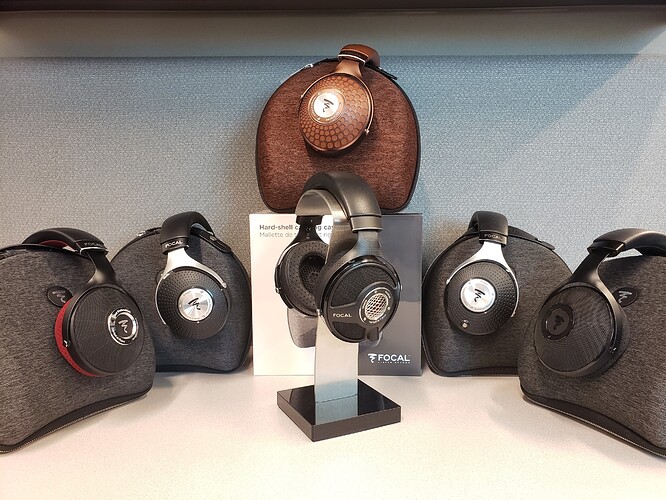My intro to HiFi started nearly 20 years ago when I bought a new house with room for a home theater. I started by shopping for projectors and quickly discovered that video was going to be very expensive, so I decided to shop for audio, instead.
Some of the very first advice I came across for how to audition speakers was “listen to what you know.” Initially, that advice felt like a cop out–after all, I owned a couple thousand CDs spanning multiple genres. So, how do you narrow down the choices when you like “everything”?
I ended up burning 3 CDs worth of various tracks covering a variety of styles and took those all over the greater Phoenix area to audition every setup I could find. I must have listened for hundreds of hours before I finally settled on Sonus Faber Cremonas. They were quite a bit more expensive than I had originally expected to spend on audio, but I had experienced soundstage with depth on them, and they excelled with every type of music I threw at them.
That whole auditioning experience led me to appreciate the intent of the advice to “listen to what you know” in a proper context: that is, music is both art and science, and although you can certainly focus on tracks that do certain things objectively (like “Why So Serious?” for sub bass), the fact is that we listen to music because of how we connect with it emotionally, and the tracks we love best are the ones we’re most attuned to pick up on subtle nuances and details across different playback chains. Plus, well, that’s the material we want to hear at its best.
–
Headphones have afforded me opportunities to explore a far more varied range of products and tunings and technologies. In retrospect, it feels like exploring headphones might be a good precursor to doing the same in speakers. The reason is preference.
Perhaps the most important lesson I learned in HiFi is that there is no one singular definition of “best.” There is no one, universal measurement for audio “goodness.” There are, perhaps, a handful of ideals one might define to prioritize certain things, but the bottom line is that objective performance might inform where system bottlenecks exist, but measurements do not, cannot, account for personal tastes.
MidFi level headphones are a good place to discover personal preferences–there is a lot of variety, stuff is easy to drive, and sound quality is good enough to get a feel for how audio presentations can vary and what aspects you find appealing, like how important is soundstage? Are V tunings more fun than more neutral presentations, or are neutral tunings a better representation of what the artist intended? Answers like these fall within the realm of opinion, and you have to try stuff to discover your own preferences.
FWIW, my head-fi chains of choice are May → Susvara on a McIntosh 8207 for ultimate “realism” and VC on Pendant for sublime musical tuning. MEST MkII customs are in a category of their own thanks to the uniqueness of bone conduction; they’re a favorite for portable listening, and a frequent choice even at home on a desktop rig.
So that’s at least 3 “best” playback chains, not counting my speakers. And then there are still certain headphones I like for certain things, like 1990s for aggressive Industrial music, or Denon 5900’s smooth stylings for chill classic rock.
Point is, a lot of people (myself included) start out looking for THE best audio products, and there’s not a THE best. There are as many best options as you need there to be, like knives in a knife block, or ice cream flavors. The best choice at any given moment is a function of preferences, mood, etc.
 )
)
